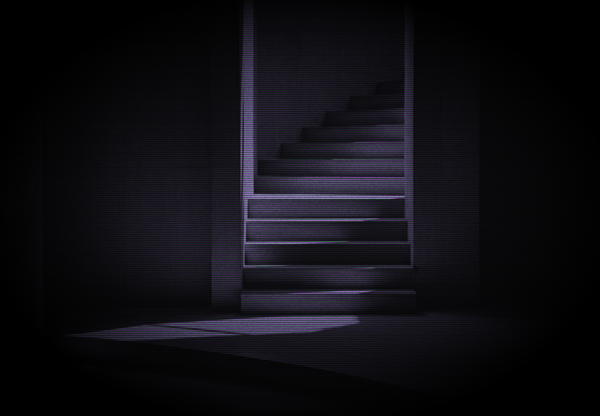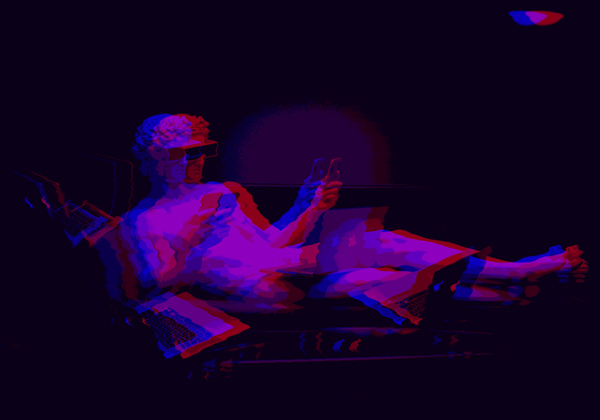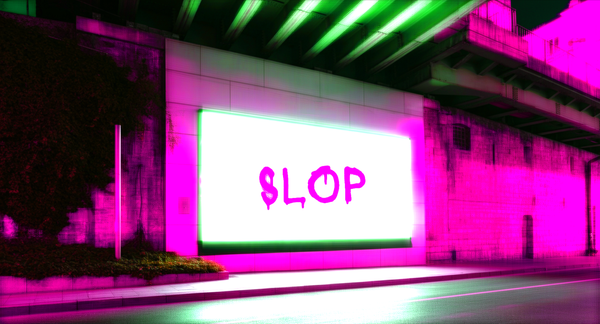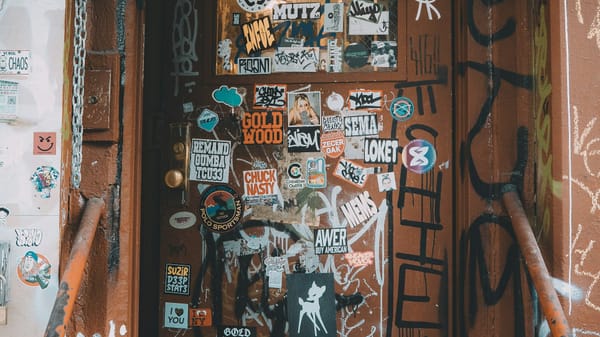Art tends left
Curiously, art gravitates toward questioning and dissent because art's essential function is to make the familiar strange, revealing the contingency hiding beneath what appears natural and inevitable. This is why radical art like Picasso's Guernica retains its urgent vitality across decades.
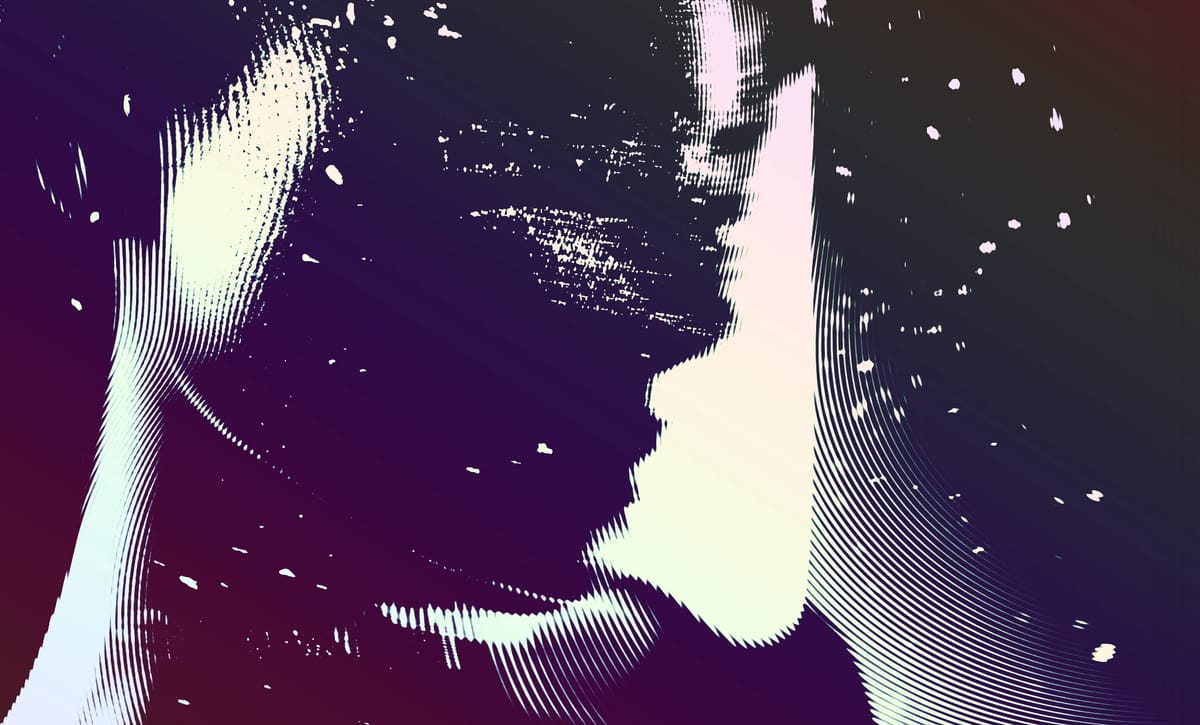
The economist Mariana Mazzucato has published a discussion paper arguing that governments must fundamentally rethink arts and culture as critical infrastructure for economic transformation instead of viewing them as a peripheral luxury to be sacrificed during austerity. The paper, "The Public Value of Arts and Culture", argues that cultural investment creates dynamic spillovers across entire economies. It also cultivates the civic imagination required to address complicated issues such as climate change and inequality.
Mazzucato cites historical antecedents such as Germany's Bauhaus movement and Roosevelt's Works Progress Administration, which employed thousands of artists during the Great Depression. These examples demonstrate how public investment in culture transformed society. The paper calls for a "mission-oriented" strategy in which arts and culture serve as both means and ends to economic policy as they assist in the definition of societal goals and give creative solutions for achieving them.
Reading this paper made me reflect about art and its often ideological leaning. Walking through the corridors of any big art gallery or literary festival, you'll see a uniformity developing from the chaos of individual expression: a gravitational pull toward dissent, or questioning the established order, toward what we would otherwise loosely refer to as "the left".
Could this be a clue towards the nature of artistic consciousness itself?
The pattern is so persistent that it has become almost invisible. Conservative politicians routinely complain about "leftist bias" in the arts, treating this phenomenon as some sort of mystical conspiracy. It is an interesting observation nevertheless, but the better question is why this bias may exist in the first place.
The evidence becomes fairly visible when we examine specific works across the political spectrum. Pablo Picasso's Guernica (Picasso was an artist who had previously shown little interest in politics) continues to pulse with urgent vitality nearly nine decades after its creation, serving as a universal symbol of resistance to violence. Even Diego Rivera's murals, when commissioned by capitalist elites, retained enough subversive power that the Rockefellers ultimately destroyed his Man at the Crossroads mural rather than live with Lenin's face gazing down from their walls.
Now compare this to the contemporary conservative painter Jon McNaughton, whose technically competent celebrations of Trump and traditional American values feel, in the words of critics, "derivative and cheesy". Or the 19th-century Paris Salon, where academic painters created finished works in the neoclassical style with highly refined techniques, celebrating mythological or historical subjects. The Salon painters were technically superior to many impressionists, yet their work feels museum-dead today (while Monet's rejected "sketches" for example still amaze the world).
The artist who supports the status quo finds themselves celebrating something that already exists, making the familiar simply more familiar. Art's essential function is to make the familiar strange, to reveal the contingency hiding beneath the surface of the seemingly natural. The conservative artist is therefore engaged in an ontological contradiction: using a fundamentally revolutionary medium to support fundamentally non-revolutionary ends.
“In a decaying society, art, if it is truthful, must also reflect decay. And unless it wants to break faith with its social function, art must show the world as changeable. And help to change it.”
― Ernst Fischer
This is "the conservative uncanny". When artists attempt to celebrate traditional values or national glory, there's often something hollow about the result, something that doesn't quite convince even when it's technically accomplished.
The medium itself seems to be protesting.
The conservative faces an impossible bind when it comes to art. Their entire worldview is predicated on the belief that things are fundamentally acceptable as they are, or were superior in some mythologized past. Au contraire, art is fundamentally about transformation, about revealing the cracks in the seemingly solid edifice of reality.
The conservative artist retreats into nostalgia, and in such effort they're preserving rather than creating. They're museum curators of dead forms, trapped in some sort of temporal narcosis, forever looking backward while the present slips away and struggles to change.
Take the example of Robert Frost, the American conservative poet who famously said "free verse was 'like playing tennis with the net down'". Frost adhered to traditional metrical forms throughout his career, never completely abandoning conventional structures as many of his modernist contemporaries were doing. His social and political conservatism was derived directly from his reverence for the American Republic and its Constitution, and he remained a supporter of states' rights discourse with its encoded racial politics and nostalgia for the pre-abolition South. While technically accomplished and widely celebrated, his work maintained existing arrangements rather than questioning them.
Left-leaning art possesses a sense of freedom that could be described as an ontological flexibility: the ability to imagine that reality could be otherwise. They see the current arrangement of things as provisional, contingent, changeable. Bertolt Brecht's Epic Theatre fits like a glove to this ontological flexibility in dramatic arts. Brecht developed the "alienation effect" (V-effekt), where actors performed in such a way that the audience was hindered from simply identifying itself with the characters in the play.
But there's something more radical than leftist politics in authentic art: an impulse that questions everything and everyone at the same time. This is where figures like Nietzsche become crucial, understood as the ego in the human who refuse all forms of herd mentality.
The true anarchistic artistic doesn't want to replace one system with another. They want to reveal all systems for what they are. They're vandals of meaning itself, showing us that our most cherished beliefs, our most sacred institutions, and our most "natural" arrangements are actually provisional human constructions.
Sex Pistols' 'God Save the Queen' represents a very obvious example of artists refusing all forms of authority. Released during Queen Elizabeth II's Silver Jubilee in 1977, the song was banned by BBC radio and television and every independent radio station, making it, according to the music critic Alexis Petridis, the 'most heavily censored record in British history'. They didn't want to reform the monarchy or replace it with republicanism; they wanted to show that all authority and all "natural" social arrangements were just human constructions that could be dynamited with three chords and some lyrics.
With lyrics declaring "God save the queen / The fascist regime" and "she ain't no human being / there's no future" the band embodied pure negation rather than political replacement. Their infamous performance on a boat passing Parliament during the Jubilee celebrations, shut down by police, combined with Jamie Reid's artwork showing the Queen with safety pins through her lips, had something loud to say about Britain's most sacred institutions.
There is a prosaic explanation for art's leftward tilt: material conditions. The artist who is comfortable, has secure income and social position, rarely feels compelled to question the system that provides their comfort. They're busy enjoying their success, with buying better cars, or moving to better neighborhoods. The marginalized artist, unemployed, persecuted, living on society's edges, has time. Time to think and to question, time to imagine alternatives. Poverty and exile, while hardly pleasant, create the conditions for a different kind of consciousness.
When you're locked out of the mainstream, you develop a critique of it almost by necessity. The marginalized intellectual, meanwhile, sits and discusses with other marginalized intellectuals. They write, they produce magazines, they engage in critiques. They have time to waste on brain matter.
The most powerful art, of course transcends simple political categories. It operates in the realm of "existential politics": fundamental questions of human possibility rather than which party should win the next election.
Nietzsche remains artistically vital because he understood that the deepest revolution occurs in consciousness itself. The true artistic radical wants to deconstruct society, to reveal its contingency, and to show us possibilities we never imagined. They're interested in a transformation that would make the current system irrelevant.
This explains capitalism's complicated relationship with art. It needs cultural production to reproduce itself, but genuine art always threatens to reveal capitalism's falsehoods. The system can co-opt and commodify radical art, but it can never fully tame the radical impulse that produces it.
Is genuine art possible under conditions of social stability and comfort? Perhaps the tragic irony here is that the very success of revolutionary movements tends to eliminate the conditions that produce revolutionary art. The comfortable artist, even the comfortable leftist artist, faces the same creative challenges as their conservative counterpart: the difficulty of maintaining radical vision from within the mainstream.
What we call "leftist art" might be better understood as simply "art": the genuine artifact, uncommodified and undomesticated, still carrying within it the promise that reality could be otherwise.

